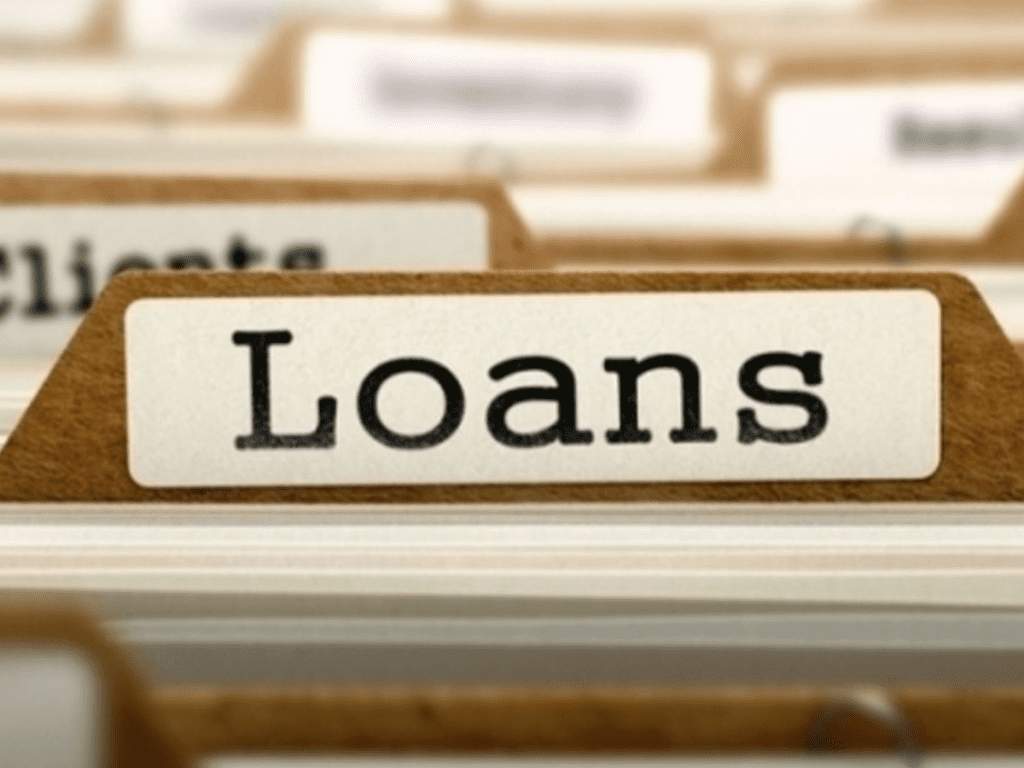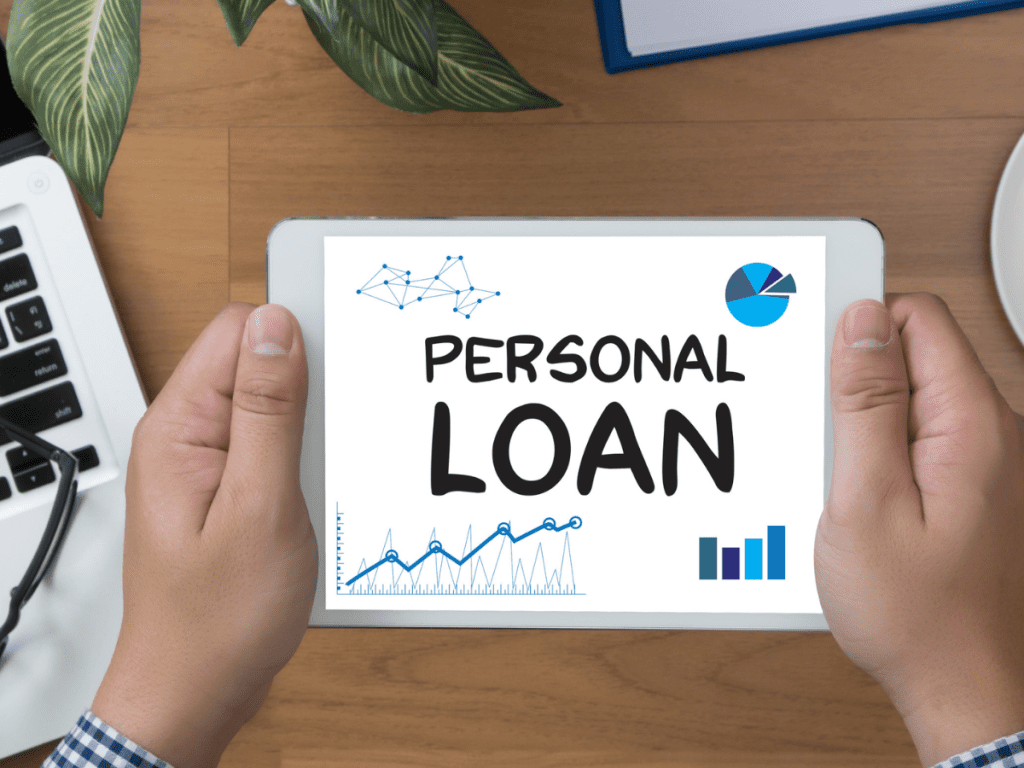Introduction
Loans are a key financial tool that can help individuals and businesses manage cash flow, achieve personal goals, or expand their operations. However, not all loans are created equal. The two primary types of loans are secured loans and unsecured loans. While both offer access to capital, they differ in terms of requirements, risks, and advantages. Understanding these differences can help you make an informed decision about which loan option best suits your needs. In this article, we will explore the key features, benefits, and drawbacks of both secured and unsecured loans to guide you in your decision-making process.
What is a Secured Loan?
A secured loan is a type of loan in which the borrower offers an asset (such as a house, car, or other valuable property) as collateral to secure the loan. The lender holds the right to take possession of the asset if the borrower defaults on the loan. This collateral serves as a guarantee for the loan, which significantly reduces the risk for the lender. Since the lender has the security of collateral, secured loans often come with lower interest rates and more favorable terms compared to unsecured loans.
Types of Secured Loans
- Mortgage Loans: Perhaps the most common example of a secured loan is a mortgage. When you take out a mortgage, the home you are purchasing acts as collateral. If you fail to make payments, the lender can foreclose on the property to recover the outstanding balance.
- Auto Loans: When you finance a car purchase, the vehicle itself is used as collateral. If you default on the loan, the lender has the right to repossess the car.
- Home Equity Loans: Homeowners can use the equity in their homes (the difference between the current market value of the home and the amount owed on the mortgage) to secure a loan. This type of loan often carries a lower interest rate because the property serves as collateral.
- Secured Personal Loans: These loans are similar to other personal loans but require an asset such as savings accounts, certificates of deposit (CDs), or other valuable property to secure the loan.
Advantages of Secured Loans
- Lower Interest Rates: Since the lender has collateral to fall back on in case of default, the risk is reduced. This typically results in lower interest rates compared to unsecured loans.
- Higher Loan Amounts: With collateral backing the loan, lenders may be more willing to offer larger amounts, making secured loans ideal for significant purchases like homes or cars.
- Longer Repayment Terms: Secured loans often have longer repayment periods, allowing borrowers to spread out the cost of the loan over many years. This can make monthly payments more manageable.
- Better Chance of Approval: Since the lender has collateral, they are more likely to approve the loan, even if the borrower has a less-than-perfect credit history. The security provided by the asset reduces the lender’s risk.
Disadvantages of Secured Loans
- Risk of Losing Collateral: The biggest risk with a secured loan is the potential loss of the asset if the borrower is unable to repay the loan. For example, if you default on a mortgage, you could lose your home.
- Longer Approval Process: Secured loans may require additional paperwork and time for the lender to assess the value of the collateral. This can slow down the approval process compared to unsecured loans.
- Potential for Underwater Loans: In some cases, the value of the asset used as collateral may decrease over time. If the borrower still owes more than the asset is worth, this can lead to financial difficulties.
- Limited Flexibility: Secured loans may have stricter terms and conditions, as the lender is relying on the asset as security. If you need to change the terms of your loan (such as the repayment schedule), it may be more difficult to negotiate.
What is an Unsecured Loan?
An unsecured loan, as the name suggests, is a loan that does not require any collateral. The lender provides the loan based on the borrower’s creditworthiness, including their credit score, income, and other financial factors. Since there is no asset to secure the loan, unsecured loans are generally considered riskier for lenders, which is why they tend to have higher interest rates and stricter approval criteria.
Types of Unsecured Loans
- Personal Loans: These loans are typically used for personal expenses, such as medical bills, vacations, or debt consolidation. Personal loans are often unsecured, and the approval is based on the borrower’s credit score and income.
- Credit Cards: While not typically considered a traditional loan, credit cards are a form of unsecured credit. Borrowers have a set credit limit and can make purchases or take cash advances up to that limit. Interest is charged on outstanding balances, and there is no collateral involved.
- Student Loans: Many student loans are unsecured, as they are based on the borrower’s future earning potential rather than collateral. However, federal student loans often have more favorable terms and lower interest rates compared to private loans.
- Signature Loans: These loans are based solely on the borrower’s promise to repay and typically require good credit to qualify. Signature loans are often unsecured and may be used for a variety of purposes.
Advantages of Unsecured Loans
- No Risk of Losing Property: Since unsecured loans do not require collateral, borrowers do not risk losing any assets if they fail to repay the loan. This makes unsecured loans less risky for the borrower in terms of personal property.
- Faster Approval Process: Unsecured loans typically have a quicker approval process because there is no need for the lender to appraise collateral or assess the value of property. Borrowers can often receive approval and access to funds in a matter of days.
- More Flexible Uses: Unsecured loans, particularly personal loans and credit cards, can often be used for a wide range of purposes, from consolidating debt to funding a home renovation or financing a vacation. The borrower has more freedom in how the funds are spent.
- No Equity Required: Since unsecured loans do not require collateral, they can be a good option for borrowers who do not have assets to pledge or who do not want to risk their property.
Disadvantages of Unsecured Loans
- Higher Interest Rates: Because unsecured loans are riskier for lenders, they typically come with higher interest rates compared to secured loans. This can make the loan more expensive in the long run.
- Stricter Approval Criteria: Lenders rely heavily on the borrower’s credit score and financial history to determine approval for unsecured loans. Those with lower credit scores or unstable financial backgrounds may find it difficult to secure an unsecured loan.
- Lower Loan Amounts: Unsecured loans generally have lower loan limits compared to secured loans, as the lender has no collateral to fall back on in case of default. This may be limiting for borrowers looking for large loan amounts.
- Potential for High Debt: With unsecured loans, especially credit cards, borrowers may be tempted to take on more debt than they can handle. The higher interest rates and lack of collateral make it easy to accumulate significant amounts of debt that can be challenging to repay.
How to Choose Between Secured and Unsecured Loans?
Choosing between a secured and an unsecured loan depends on various factors, including the loan amount, interest rate, repayment terms, and your financial situation. Here are some key considerations to help you make your decision:
- Loan Amount: If you need a larger loan amount, a secured loan may be the better option, as lenders are more likely to approve larger sums when collateral is involved.
- Interest Rates: If you are looking to save on interest, a secured loan is generally the better choice, as it typically comes with lower interest rates due to the reduced risk for the lender.
- Risk Tolerance: If you are uncomfortable with the idea of risking an asset, an unsecured loan may be more appealing, as it does not require you to pledge property. However, be prepared for higher interest rates.
- Repayment Capacity: Consider your ability to repay the loan. If you have a stable income and good credit, you may be able to secure an unsecured loan with favorable terms. On the other hand, if your credit is less than stellar, a secured loan may provide a better chance of approval.
- Purpose of the Loan: If you are purchasing a home or a car, a secured loan is likely your only option, as these types of loans require collateral. For personal expenses or smaller amounts, an unsecured loan may be more appropriate.
- Time Sensitivity: If you need funds quickly, unsecured loans often have faster approval processes, so they may be the better option if time is of the essence.
Conclusion
Both secured and unsecured loans have their pros and cons, and the right choice depends on your specific financial needs and circumstances. Secured loans offer lower interest rates and higher loan amounts but come with the risk of losing collateral if you default. Unsecured loans, on the other hand, are faster to obtain and do not require collateral, but they tend to come with higher interest rates and stricter approval criteria.
Before making a decision, carefully consider your financial situation, the purpose of the loan, and your ability to repay. If you are unsure which option is best for you, it may be helpful to consult a financial advisor who can provide personalized advice based on your unique circumstances. Whatever you choose, make sure to borrow responsibly and understand the terms and conditions of the loan to avoid financial strain in the future.

